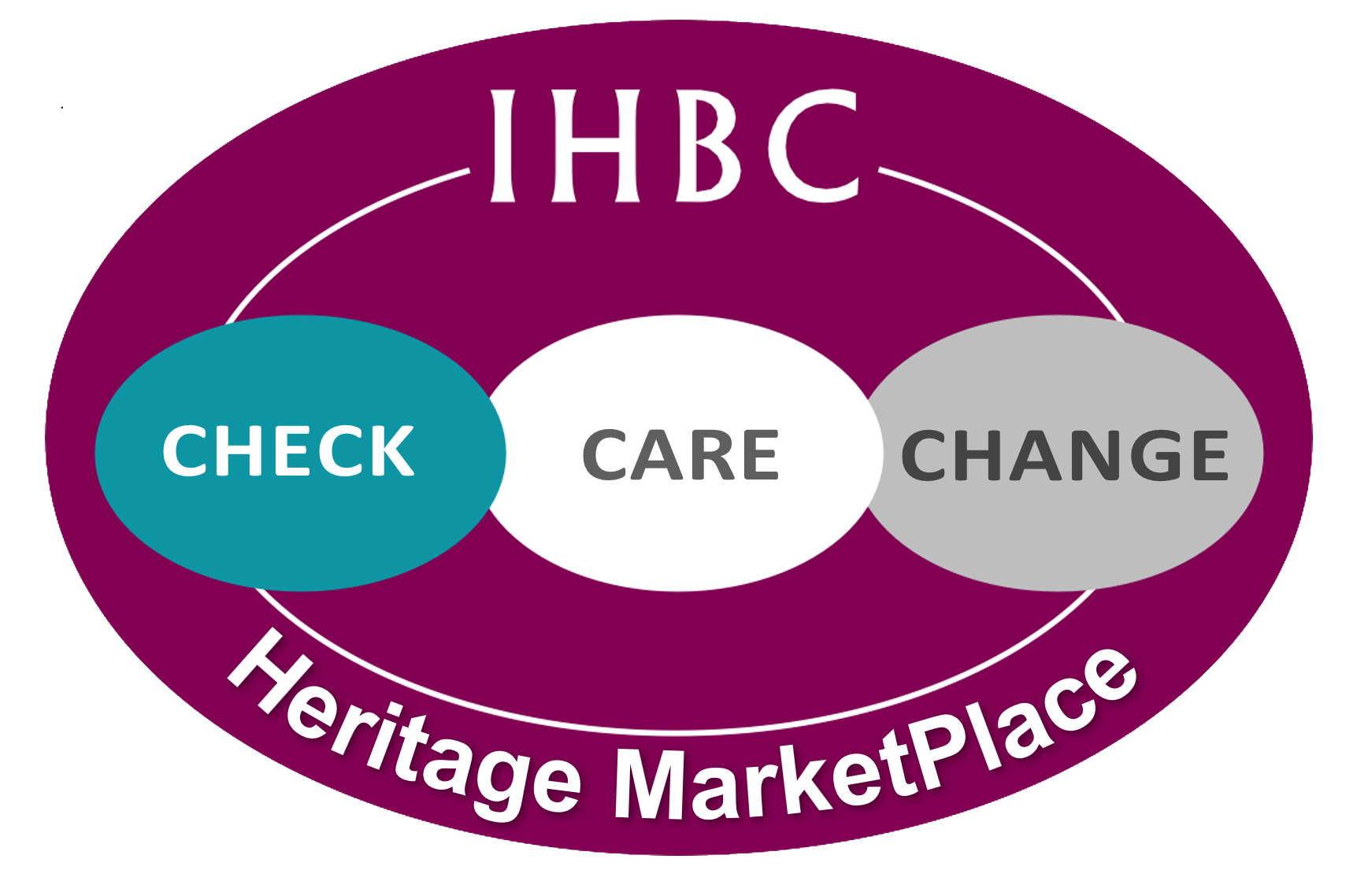
Saturday Study Tours
15 June: 09:00/10:15 start; end 12:00-17:30 (depending on selection)
Please see individual tours for start and finish venues.
Please note the following:
- All times are approximate but start times cannot be delayed for late arrivals
- Most tours involve substantial walking: please bring sturdy shoes and wet weather gear
- All tours necessarily are subject to change.
- Those joining later or shorter tours , and with time to spare, are strongly encouraged to explore the rich heritage of Reading and its environs, informed by references and resources including those on our website
- Accessibility: Tours beyond the urban areas can involve uneven ground and/or steps. Bus and public transport tours are not generally accessible for wheelchairs but wheelchair users will be welcome to join by car - please check each venue for accessibility.
Mapledurham estate and Owlsworth workshop: : A case study in management & care of an iconic and historic private estate
Depart: 09:00 (for 09:30 arrival at Mapledurham)
Return: 16:30 (16:00 from Mapledurham)
This tour offers a rare opportunity to look around the private estate of Mapledurham, a unique survival of a Thameside working estate on the outskirts of Reading, to see how the determined owner has managed to keep the estate together and viable and to retain its unspoilt character. New uses for redundant buildings have a heritage/sustainability emphasis.
The tour includes a visit the workshops of Owlsworth IJP to see work in progress on some high-quality timber repairs and new work; to see the whole process from timber selection, preparation and working. There will also be demonstrations of wattle and daubing and fine plastering. Adjacent to the workshops is a superb example of an unaltered medieval peasant’s house, a hall house with evidence of the original smoke louvre still in place. Here is the Oxford Dendrochronology Laboratory which is housed in an extraordinary underground extension to this house. The whole ‘dendro’ process is explained in this lab with samples available to view. The lab has dated nearly all the early buildings on the estate.
Farm building conversions are characterised by low key alterations and discreet signage so the agricultural character is retained. One of the most interesting conversions is that to a research laboratory working on an entirely sustainable water supply and drainage system which could serve individual houses, i.e. needing no infrastructure network. This will be open for delegates to see how this works.
The tour will include the small, completely unspoilt, village of Mapledurham where there are fine examples of building conservation including Mapledurham House (interior not part of the tour, only the rear elevation visible) almshouses, The Old Manor house and the church with the Bardolf Aisle, accessed only from the outside and which remains the private property of the estate and the working mill with its Archimedes Screw generating electricity.
Huge thanks to Dr Dan Miles for making both his house and lab available; to Owlsworth IJP for opening their workshop; to Peter Kaye for opening his research lab for us and to Ali Eyston for permitting access to the Bardolf Aisle and the mill.
IHBC School Committee lead and event contributor: Kathy Davies
Depart: 09:15
Return: 11:45
The biographer of Alfred Waterhouse (1830–1905), Colin Cunningham, argued that between about 1865 and about 1885 Waterhouse was ‘the most widely employed British architect’. Today he is probably still best known for his spectacular Manchester Town Hall.
Victorian Reading, spurred by its rapid economic growth and, as ever, its proximity to London, boasts both an excellent and diverse collection of the work of this Victorian figurehead architect.
Tour lead: Stephen Gage
Depart: 09:30 (from Ibis for 10:00 arrival outside MERL)
Return: 12:30 at Ibis (12:00 from MERL)
The Museum of English Rural Life explores the history of the English countryside and its people’ while also maintaining remarkable and diverse collection of both the expected – with galleries, library and collections of paper, material, tools and vehicles, including the Landscape Institute and linked resources for example – and the less so: as it holds substantial papers archives from James Joyce and Samuel Beckett! While these last are less a focus of the visit, they do reflect the huge depth of culture and history across Reading’s rich, often unanticipated and always underestimated heritage resources.
The MERL is a part of the University of Reading and work with Reading Museum as the Arts Council England-funded Museums Partnership Reading.
Tours will focus on the building’s history, old and new roles, and its collections, taking us from the original house by Alfred Waterhouse (explored separately in our School Tours) to the modern re-development and extension – the museum proper –by Niall Phillips Architects, 2003-6, described in Pevsner as a ‘long e-w range of two storeys, with a complex cross-section allowing clerestory lighting to both sides of the display hall and on the garden side a projection with shallow barrel-vaulted roofs for smaller displays.’
Tour lead: MERL staff
Depart: 09:45
Return: 12:45
A bespoke tour of the impressive Reading Abbey Quarter including its varied environs with leading conservation architect Barnaby Wheeler, who worked on the conservation of the Abbey, and looking especially at the evolution, growth, changes and conservation in this historic central area.
Tour lead: Barnaby Wheeler, Principal Architect, Heritage Architecture

IHBC Enterprises Ltd supports the work of The Institute of Historic Building Conservation
Registered and Business Office: Jubilee House, High Street, Tisbury, Wiltshire SP3 6HA
Registered as a Charity in England & Wales: No1061593.
Registered as a Charity in Scotland: No. SC041945. Listed in Northern Ireland.
Company Limited by Guarantee; Registered in England No 3333780.






